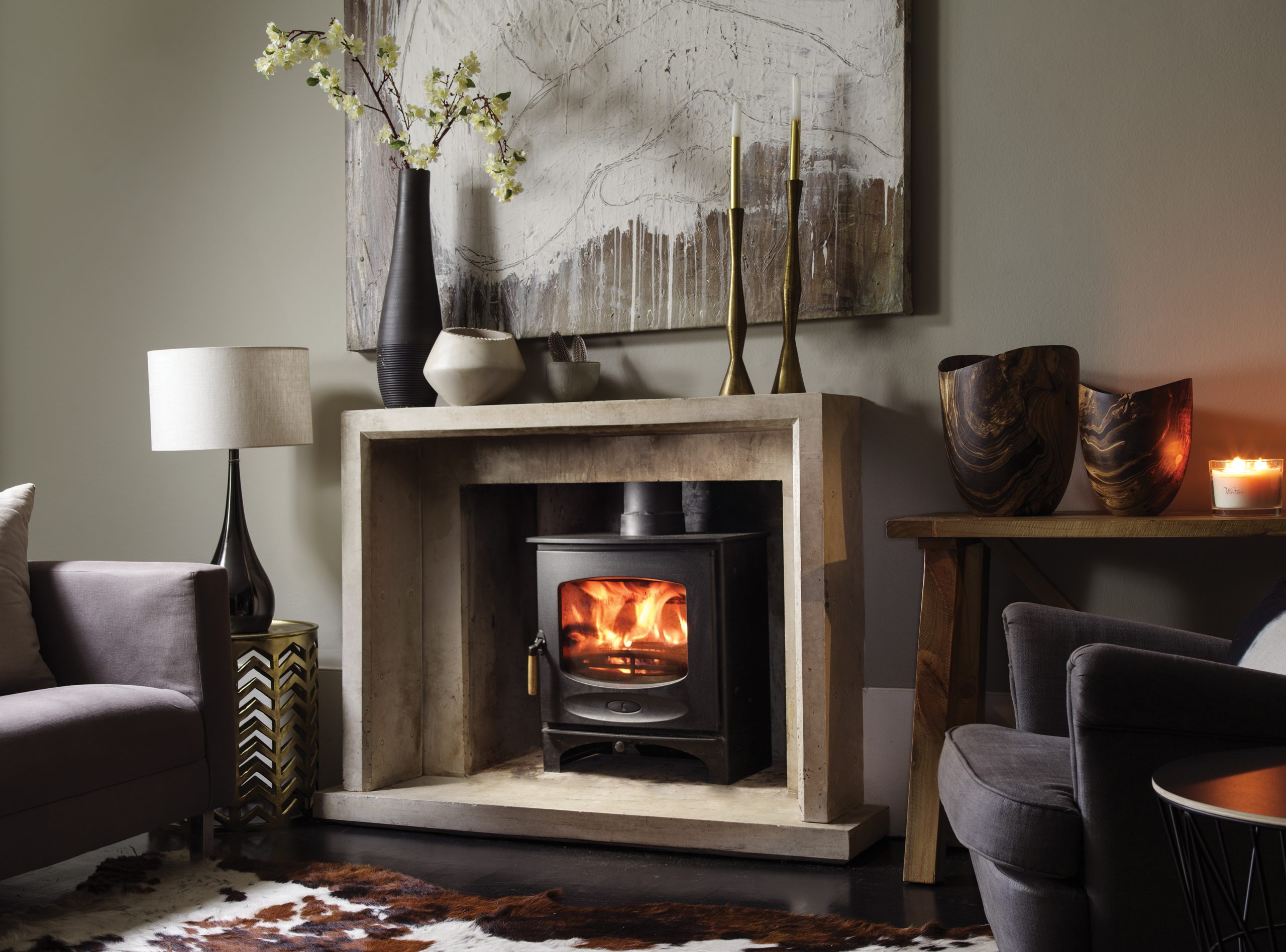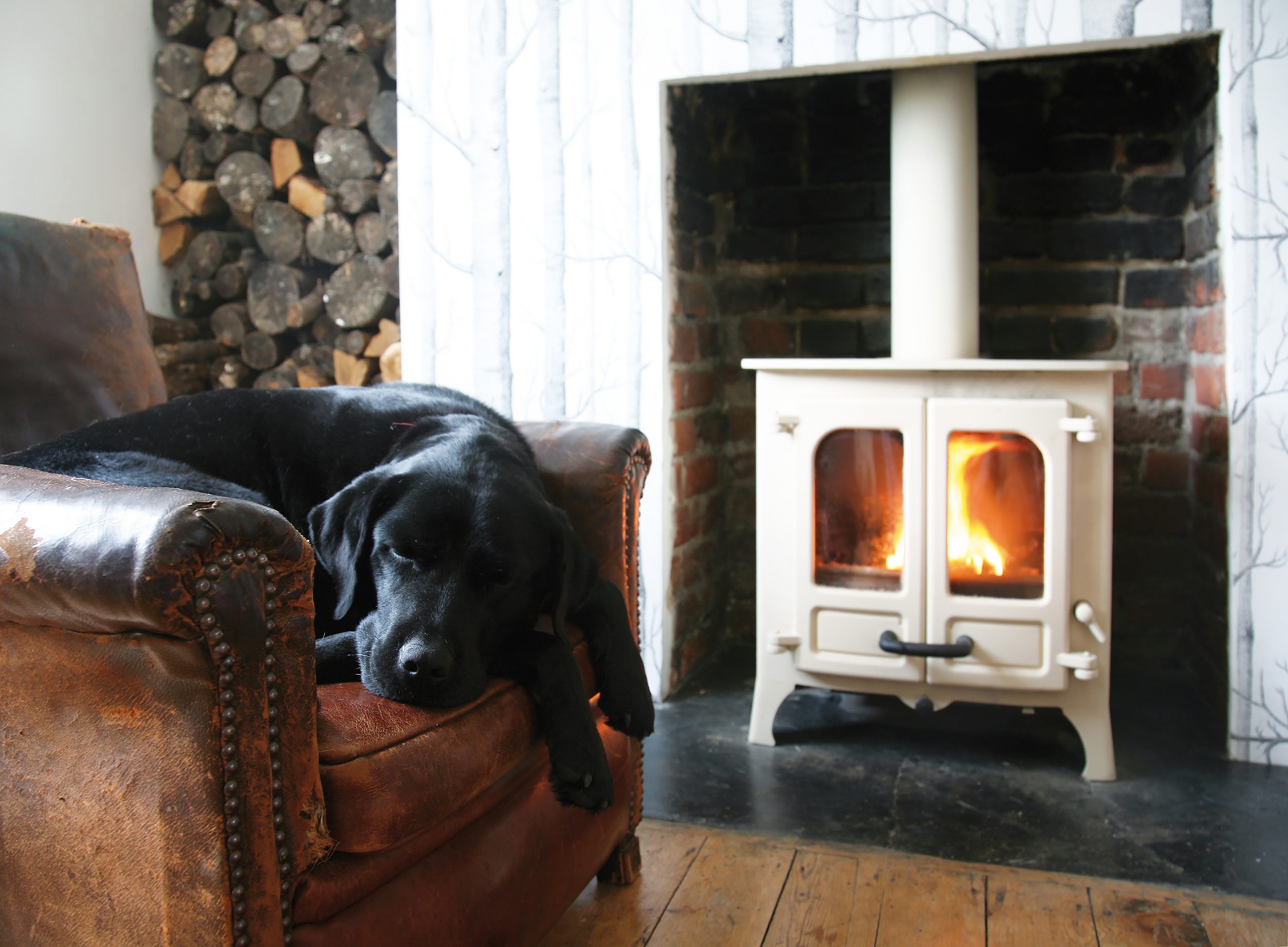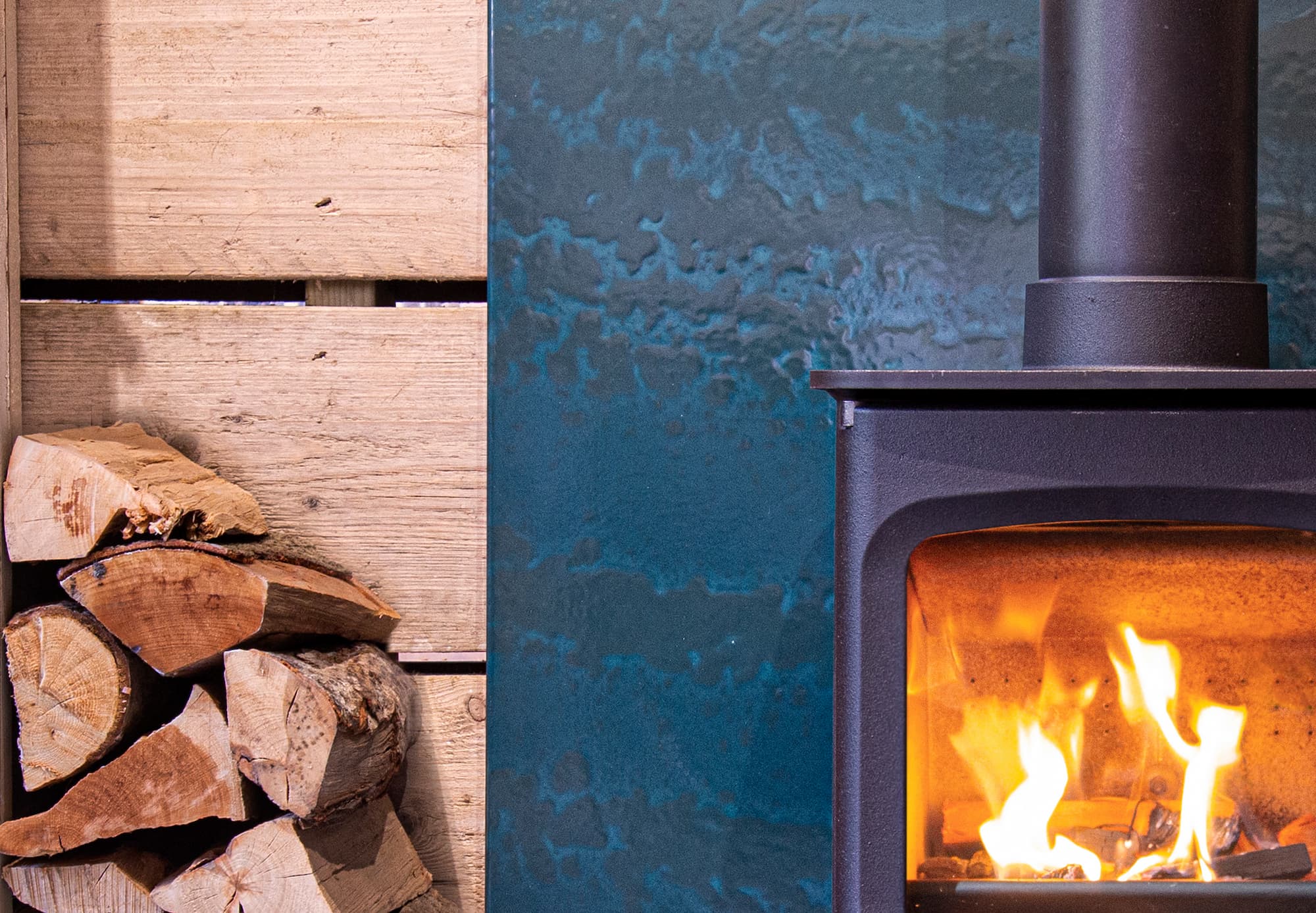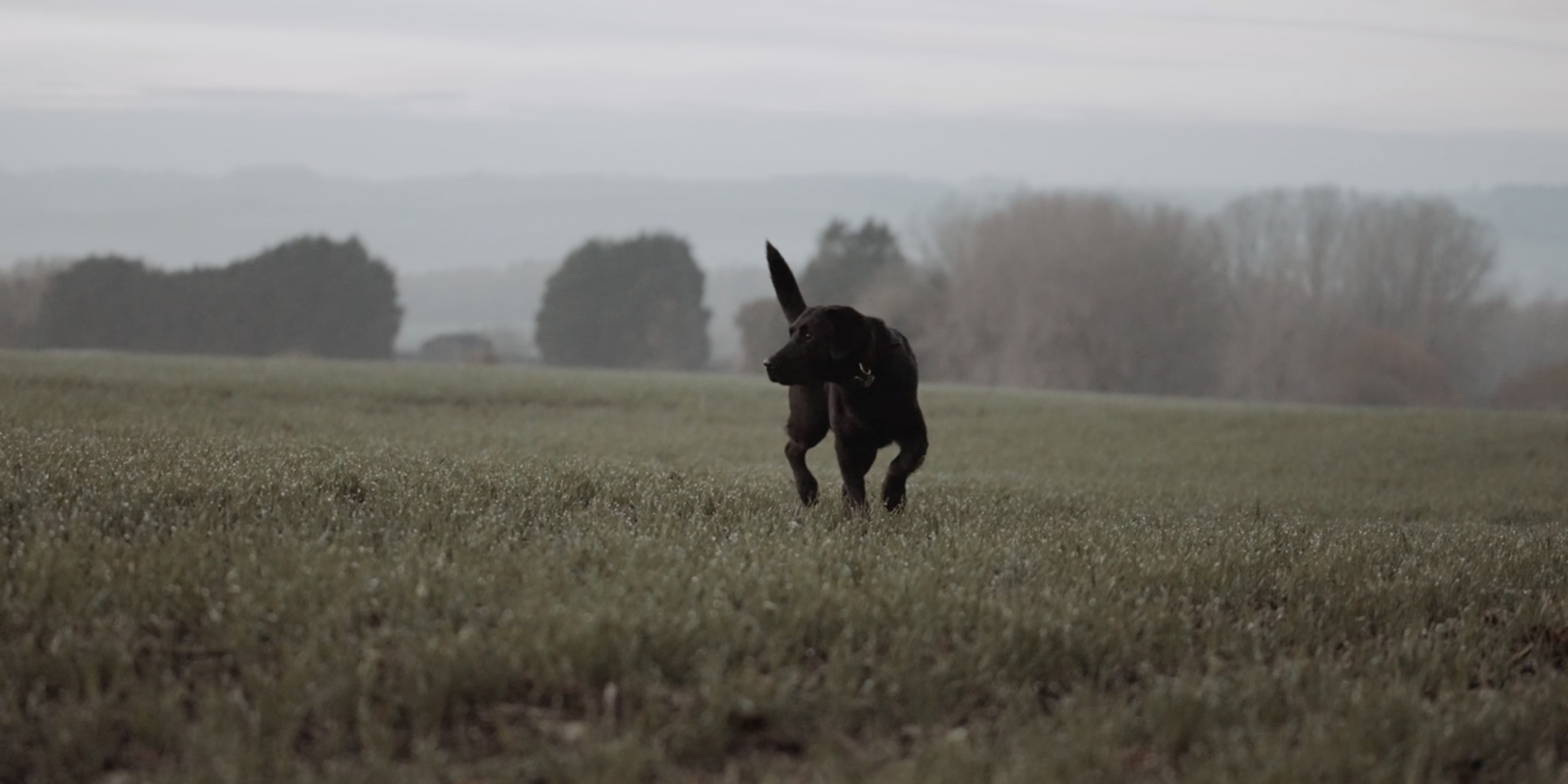It’s wonderful the weather has turned towards spring and summer, but for wood-burning stove users there can be mixed emotions about saying goodbye to the regular warmth and light of their stove. A helpful ritual this time of year is giving your stove a well-deserved Spring clean, so you know that it is ready and in perfect condition for next winter!
Read on to learn how to keep your wood-burning stove in tip-top condition.
Wood burning stove spring cleaning tips and guidance
Cleaning your chimney
Chimneys need regular cleaning to prevent creosote buildup and to reduce the possibility of a chimney fire. How often you clean the chimney depends on the amount you use your stove, the type of wood you burn, the type of wood-burning unit you have and the way you operate the unit. We recommend cleaning your chimney on a yearly basis as a minimum, with springtime being the perfect opportunity after a long winter.
We recommend hiring a professional chimney sweeper for the first chimney cleaning and ‘health check’. Use this as an opportunity to learn and see if this is something you would be willing to do yourself moving forward. A Charnwood stove is fitted with a drop-down throat plate allowing you to sweep through the appliance with minimum mess.
Please note if a chimney fire does occur, follow these steps to reduce your losses:
Call your local fire department immediately and give them your name and address.
If there is a fire in the stove or fireplace box, extinguish it with a multipurpose dry-chemical extinguisher. As some of the chemical travels up the chimney, it may extinguish the chimney fire.
Also explore our top tips around how to have a wood-burning stove without a chimney.
Cleaning your stove’s surface
A wood-burning stove is a great aesthetic complement to your home even when not in use. To clean the exterior of your stove, all you need is a soft brush and a vacuum cleaner to wipe away and remove any soot or dust.
If you use a cooking plate and have made a little more mess, then a stove cleaning product and a lint-free cloth works well. All cleaning is best undertaken when your stove is unlit and cool.
Maintaining your stove’s glass
Burning well-seasoned, dry logs on your stove will help reduce the amount of soot build up that occurs on your stove’s glass. However, occasionally soot will accumulate, especially if you have been using firewood with a moisture content over 20%.
There are a few methods that can be used to wipe away soot listed below:
· Charnwood Schott dry wiper
· Fine wood ash and damp newspaper
· WD40 and a lint-free cloth
For more details read our in depth article on how to clean wood-burning stove glass
It’s important to clean your stove’s glass frequently to reduce the amount of dirt that builds up. If you do this regularly, you won’t have to attempt scrapping stubborn dirt and risk scratching and weakening the glass surface.
Empty your ash pan
When leaving your stove unused for extended periods it is worth emptying out the ash pan as well as the firebox completely. Removing the throat plate and opening the air inlets allows a flow of air through the stove that helps prevent any rust forming.
With some care, any dust escape into the air can be minimised during ash removal. We recommended opening your windows for a short period afterwards to allow the air in the room to circulate.
Inspect the door and flue seals
Take the opportunity when cleaning your wood burning stove to inspect the rope seals on the doors and flue. The seals can succumb to everyday wear and tear, so it’s important that these are checked frequently and changed if necessary.
If these or any other parts of your stove need replacing, Charnwood offers a range of spares for all current Charnwood stoves, as well as most legacy models, in our spares shop.
A fresh coat of stove paint
If after inspecting your stove closely you notice some scratches or general marks of wear and tear, it is worth considering some Charnwood stove paint. Whether it’s a quick touch up or a complete colour change, we offer cans of our heat resistant stove paint in the 8 Charnwood colour options. This is a simple yet brilliant way to give your stove a new lease of life.
Before painting your stove, you should make sure that the surface is dry, clean and free from any grease. Before spraying your stove we recommend masking off the glass and handles and gently rubbing down any areas to be retouched with a Scotchbrite pad.
You can purchase Charnwood heat resistant stove paint from your local Charnwood stockist.
Take care of your stove so it takes care of you
Regular maintenance in conjunction with a yearly deep spring clean is the best way to extend the life of your stove and make sure that performance remains at an optimum level. When you consider all the benefits a wood-burning stove brings to our lives, it’s a no-brainer to give it the TLC it deserves so that it’s ready to keep you warm through next winter and beyond.
Also explore our wellbeing benefits of log burners.
Why Choose Us?
At Charnwood Stoves, we take pride in offering more than just wood-burning stoves—our team provide a lifestyle. With our unwavering commitment to quality and innovation, we deliver stoves that not only warm your home efficiently but also add timeless elegance to your living space. Backed by decades of expertise, we understand the importance of easy maintenance and durability.
Our stoves are designed to withstand the test of time, ensuring hassle-free operation and peace of mind for years to come. Choose Charnwood Stoves for reliability, performance, and the assurance of a cleaner, greener future. Join countless satisfied customers who trust Charnwood for their heating needs.
Get in touch with our team today.




